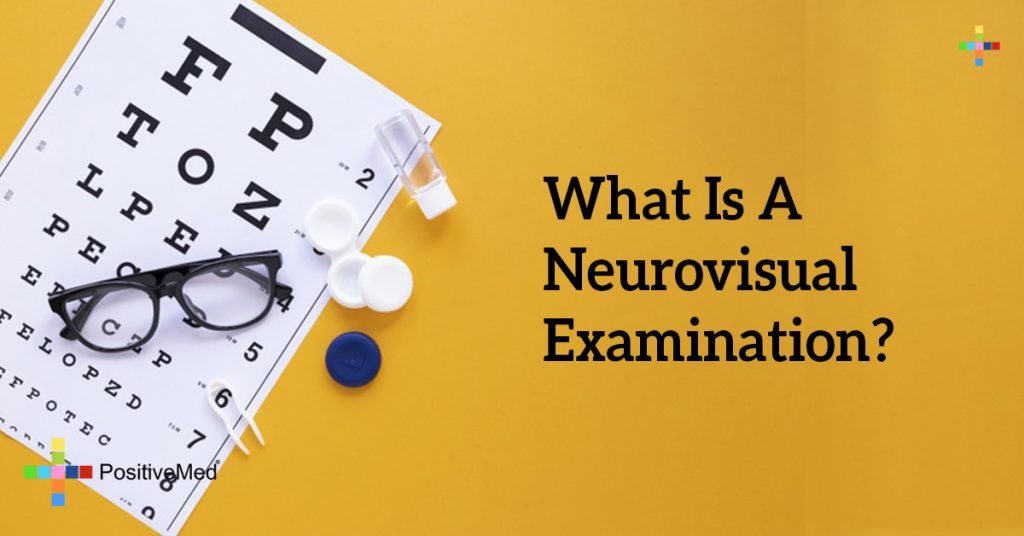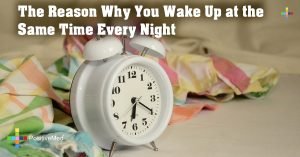
What Is a Neurovisual Examination?
Do you know of anyone with an eye condition such as nearsightedness or astigmatism? What about someone who suffers from reading difficulties, headache, dizziness, or neck ache? Eye problems can severely affect how people function every day; there’s often more to having an eye condition than merely dealing with blurry vision. All these symptoms may be coming from a type of vision problem called Binocular Vision Dysfunction.

Binocular Vision Dysfunction or BVD is a condition where the two eye is misaligned. Often this misalignment is very small and is missed during a routine eye examination. The eye muscles try to correct the misalignment causing stress and strain on the visual system. This leads to the symptoms of a headache ( often diagnosed as a migraine or sinus problems), dizziness, balance problems, and light sensitivity. The neurovisceral examination is designed to detect these misalignments no matter how small.
Our examination includes many unique tests along with traditional eye examination components. The complete evaluation takes up to two hours. At the end of this visit, we can determine if prismatic correction using a custom visual orthotic device bring you relief.
RELATED ARTICLE: Twitching Eyelids Could Be A Sign Of THIS Serious Disease – Don’t Ignore It!

Connecting Binocular Vision Dysfunction with Learning Difficulties
The presence of Binocular Vision disorders may seem exclusive to the eyes, but these problems usually show up along with other problems. In fact, up to 50% of those diagnosed with ADHD/ADD have been reported to have at least one of these visual problems. Appropriate treatment with prismatic lenses can have a dramatic effect on a child’s ability to focus and learn.
Treating Binocular Vision Dysfunction
Once a binocular problem, such as Vertical Heterophoria or Convergence Insufficiency, is detected a complex eyeglass prescription is developed to realign the eyes and help the muscles to begin relaxing. The prescription is modified over the course of 2 or 3 visits until the patient is stable. After that only annual examinations are necessary. While visual orthotic devices housed in an eyeglass frame is the preferred treatment, in many cases prism contacts lenses are an option. Sunglasses, computer lenses, sports eyewear are also available. At times, special tints are also used to relieve symptoms.
About the Author:
Dr. Cheryl Berger Israeloff of The Neuro Visual Center of New York is a Neurovisual optometrist. She is the only doctor in New York State who is trained in the Feinberg method to treat Binocular Vision Dysfunction.





